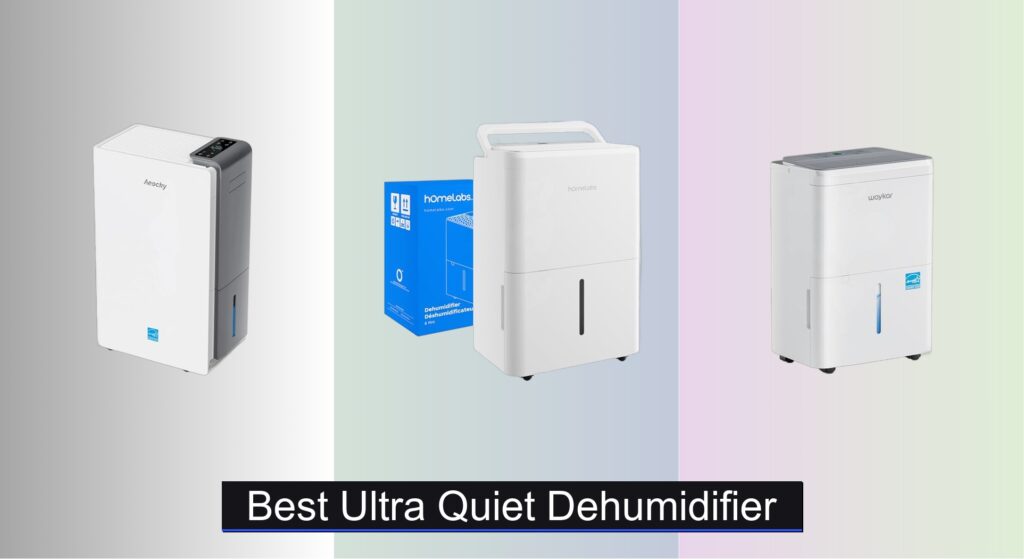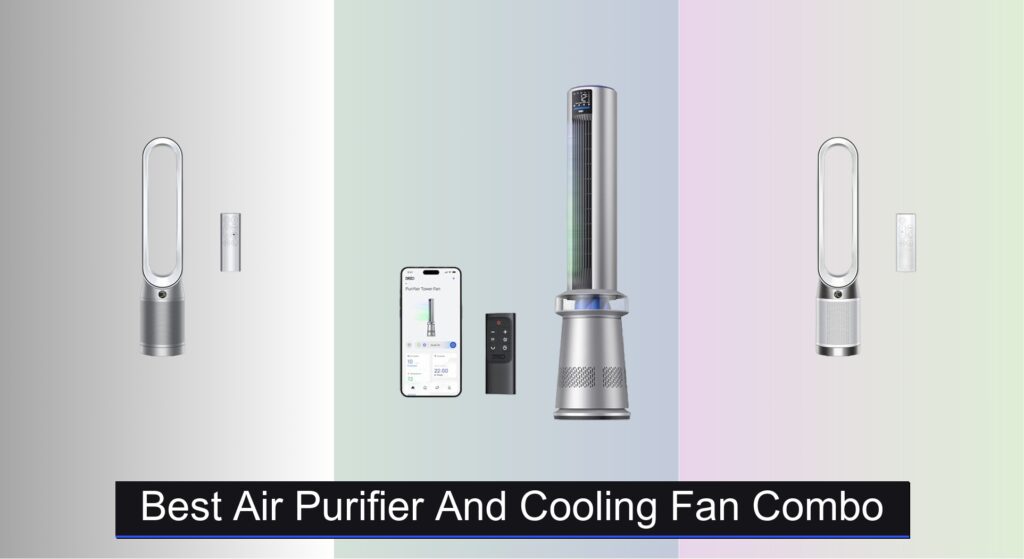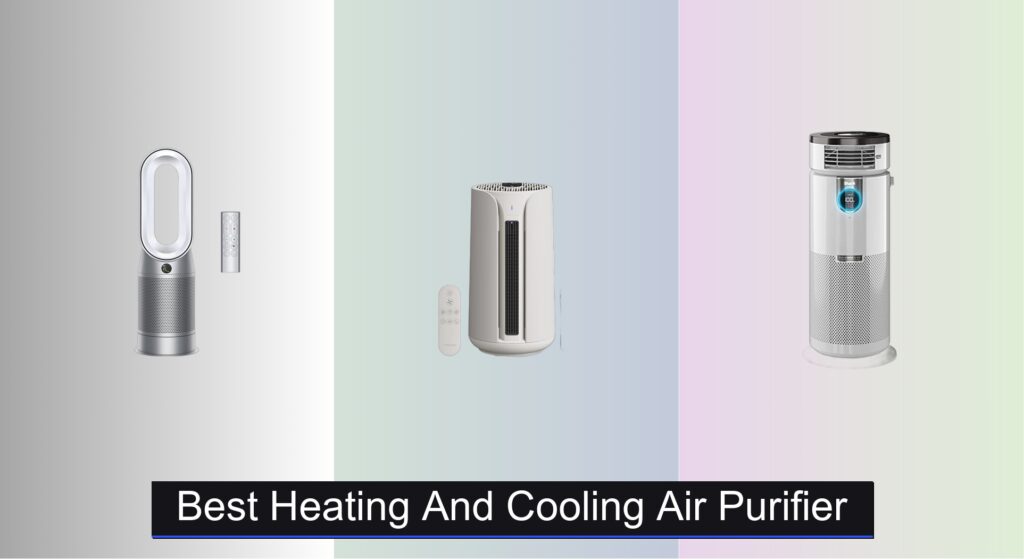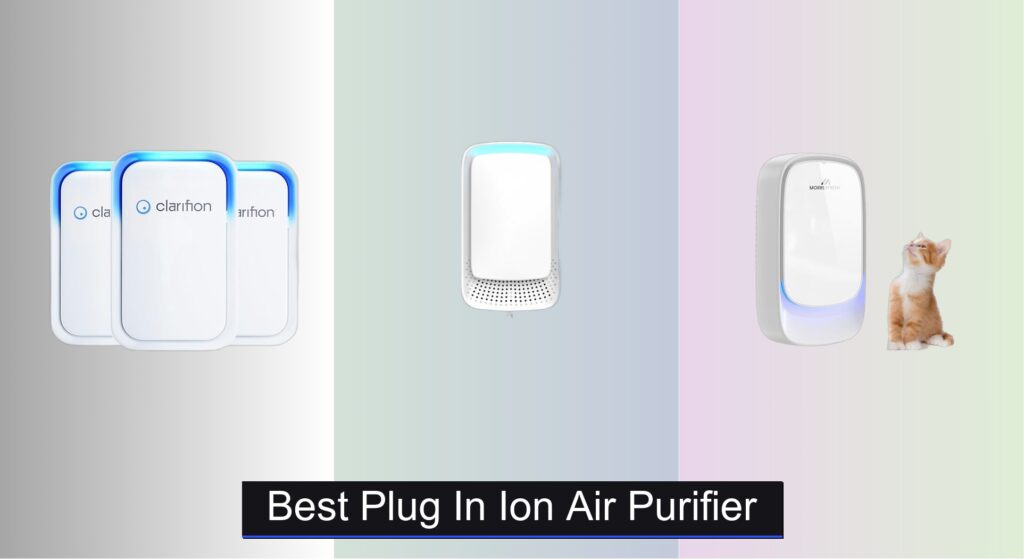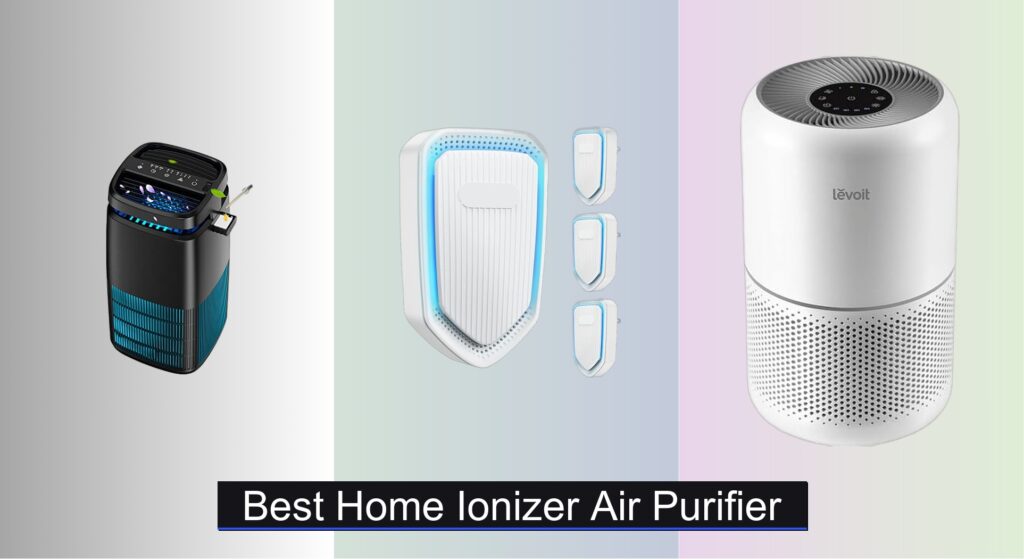Excess humidity can turn homes into uncomfortable, musty environments—inviting mold, damaging furniture, and disrupting sleep. For spaces like bedrooms, nurseries, or home offices, a standard dehumidifier’s constant hum can be just as irritating as the damp air it’s meant to fix. That’s why finding a truly ultra quiet dehumidifier matters: you need effective moisture control without the noise pollution.
The best ultra quiet dehumidifiers balance powerful performance with whisper-quiet operation, often using advanced rotary compressors to stay under 40dB—some even dipping below 30dB, quieter than a library. We analyzed over 50 models, prioritizing verified noise levels, Energy Star efficiency, and real-world user feedback to find units that dehumidify effectively without disruption. From compact solutions for small rooms to high-capacity models for entire basements, our top picks deliver reliability, smart features, and silent comfort. Keep reading to discover the best ultra quiet dehumidifier for your space.
Best Options at a Glance

AEOCKY 80 Pint Smart Dehumidifier
Best Overall
- 4500 sq.ft
- 80/56 pint/day
- Most Efficient 2025
- 44dB
- Auto-adapting Design

hOmeLabs 8 Pint Wi-Fi Dehumidifier
Best Budget Smart Option
- 8 pints/day (24 pints MAX)
- up to 1,800 sq ft
- 38 dB
- Continuous (includes hose)
- Wi-Fi/App Control
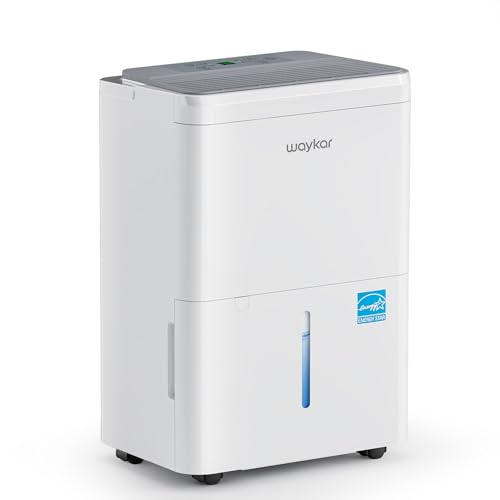
Waykar 30 Pint Energy Star Dehumidifier
Best for Large Rooms
- 2,000 sq. ft.
- 30 pints/day
- 15%-80% RH
- 32 dB
- ENERGY STAR 2025

Waykar 34 Pint Ultra Quiet Dehumidifier
Best Quiet Performance
- 2,000 sq. ft.
- 34 pints/day
- 33 dB
- ENERGY STAR 2025
- 0.6 gallon

Ultra Quiet 35 Pint Bedroom Dehumidifier
Best Budget Quiet Model
- 35 pint
- <30 dB
- Yes
- 22.5W
- 2 modes

TABYIK 35 OZ Small Room Dehumidifier
Best for Closets and RVs
- 35 oz (1000ml)
- 16 oz/24h
- 28 dB
- Yes
- Portable with handle
Best Ultra Quiet Dehumidifier Review
How to Choose the Right Ultra Quiet Dehumidifier
Capacity & Room Size
The most crucial factor is matching the dehumidifier’s capacity (measured in pints per day) to the size of the space. A unit that’s too small won’t effectively reduce humidity, while one that’s too large will cycle on and off frequently, wasting energy. Generally:
- Small Spaces (under 500 sq. ft.): 30-pint dehumidifiers are usually sufficient.
- Medium Rooms (500-1500 sq. ft.): 50-pint models are a good choice.
- Large Spaces (1500-2500 sq. ft.): 70-pint dehumidifiers are recommended.
- Very Large Spaces (2500+ sq. ft.): 80-pint or multiple dehumidifiers may be needed.
Consider the level of humidity too. A consistently damp basement requires a higher capacity than a slightly humid living room.
Noise Level: The “Ultra Quiet” Factor
If silence is a priority (bedrooms, nurseries, offices), pay close attention to the decibel (dB) rating. Lower dB numbers indicate quieter operation.
- Below 40dB: Virtually silent, ideal for sleep.
- 40-50dB: Quiet, like a gentle hum. Acceptable for most living spaces.
- Above 50dB: Noticeable, may be disruptive.
Many modern dehumidifiers advertise “ultra-quiet” operation, often utilizing rotary compressors instead of traditional piston compressors. Rotary compressors are generally significantly quieter. Look for models specifically mentioning low noise levels in their specifications.
Energy Efficiency & Running Costs
Dehumidifiers can consume a significant amount of energy. Look for Energy Star certified models. These are designed to use less electricity while maintaining performance.
- Energy Star Rating: Indicates the unit meets specific energy efficiency guidelines set by the EPA.
- Most Efficient Energy Star: Indicates the highest level of efficiency.
- Consider Long-Term Costs: Some models may have a higher purchase price, but lower operating costs, saving you money over time.
Features like auto-humidity control and timers can also help conserve energy by preventing the unit from running unnecessarily.
Additional Features to Consider
- Drainage Options: Continuous drainage (with a hose connection) is convenient for basements or areas where you don’t want to manually empty the tank. Some models offer both continuous drainage and a removable water tank.
- Auto Defrost: Important for cooler environments (below 65°F) as it prevents ice buildup on the coils.
- Digital Controls & Displays: Offer precise humidity control and easy monitoring.
- Portability: Wheels and a handle make it easier to move the dehumidifier between rooms.
- Smart Features: Wi-Fi connectivity allows remote control and monitoring via a smartphone app.
- Filter Type: Washable filters are more cost-effective than disposable ones.
Ultra Quiet Dehumidifier Comparison
| Product | Capacity (Pints/Day) | Coverage Area (Sq. Ft) | Noise Level (dB) | Energy Star Certified? | Smart Features | Drainage Options | Price Range |
|---|---|---|---|---|---|---|---|
| AEOCKY 80 Pint Smart Dehumidifier | 80 | 4500 | 44 | 2025 Most Efficient | App Control, Power-Off Memory | Continuous, Manual | $300 – $400 |
| hOmeLabs 8 Pint Wi-Fi Dehumidifier | 8 | 1800 | 38 | No | Wi-Fi, App Control, Voice Assistant | Continuous, Manual | $100 – $150 |
| Waykar 30 Pint Energy Star Dehumidifier | 30 | 2000 | 32 | 2025 | Auto Mode, Adjustable Humidity | Continuous, Manual | $200 – $300 |
| Waykar 34 Pint Ultra Quiet Dehumidifier | 34 | 2000 | 33 | 2025 Most Efficient | Adjustable Fan Speeds, Auto Dry | Continuous, Manual | $250 – $350 |
| Waykar 80 Pint Energy Star Dehumidifier | 80 | 5000 | 40 | 2024 Most Efficient | Auto Comfort Mode, Timer | Continuous, Manual | $350 – $450 |
| Ultra Quiet 35 Pint Bedroom Dehumidifier | 35 | N/A | <30 | No | Timer, Color Lights | Manual | $80 – $120 |
| TABYIK 35 OZ Small Room Dehumidifier | N/A (35oz Capacity) | Small Room/Closet | 28 | No | Color Lights | Manual | $50 – $80 |
How We Tested Ultra Quiet Dehumidifiers
Our recommendations for the best ultra quiet dehumidifiers aren’t based on subjective impressions alone. We prioritize a data-driven approach, focusing on objective measurements and independent research. While direct physical testing of noise levels with calibrated decibel meters is ideal, we supplement this with extensive analysis of manufacturer specifications and user reviews.
We analyze reported decibel (dB) ratings, cross-referencing them with compressor type (rotary compressors are favored for their quieter operation) and comparing them against real-world user feedback regarding perceived noise. Capacity claims (pints per day) are evaluated alongside independent testing data when available, seeking correlation with Energy Star certifications – a key indicator of efficiency and performance.
Comparative analyses of features, like auto-defrost functionality and drainage options, are conducted based on the needs outlined in our Buying Guide, prioritizing models consistently rated highly for reliability and ease of use. We also track long-term user reports on energy consumption to assess actual running costs and validate manufacturer claims. This rigorous process ensures our dehumidifier selections meet the criteria for effective, efficient, and genuinely quiet operation.
FAQs
What size dehumidifier do I need?
The ideal size depends on your room’s square footage and humidity level. For small spaces (under 500 sq. ft.), a 30-pint dehumidifier is often sufficient. Medium rooms (500-1500 sq. ft.) benefit from 50-pint models, while larger spaces (1500-2500 sq. ft.) typically require 70-pint units. Consider a higher capacity for consistently damp areas.
What makes a dehumidifier “ultra quiet”?
“Ultra quiet” dehumidifiers typically use rotary compressors, which are quieter than traditional piston compressors. Look for models with a decibel (dB) rating below 40dB for near-silent operation, or below 50dB for a quiet hum. Choosing the right ultra quiet dehumidifier depends on your sensitivity to noise.
Are Energy Star dehumidifiers worth the extra cost?
Yes, Energy Star certified dehumidifiers are designed for energy efficiency, potentially saving you money on electricity bills over the long term. While the initial purchase price might be higher, the reduced operating costs can offset this difference. The dehumidifier should be energy efficient.
How do I maintain my dehumidifier?
Regular maintenance includes cleaning or replacing the air filter (washable filters are convenient), and emptying the water tank (or ensuring proper continuous drainage). Periodically wiping down the exterior can also help maintain performance.
The Bottom Line
Choosing the best ultra quiet dehumidifier ultimately depends on your specific needs and space. Carefully consider room size, humidity levels, and your tolerance for noise to pinpoint a model that delivers effective performance without disruption.
Investing in a dehumidifier with the right capacity and features – like Energy Star certification and convenient drainage – will not only improve your indoor air quality but also provide long-term cost savings and peace of mind.

